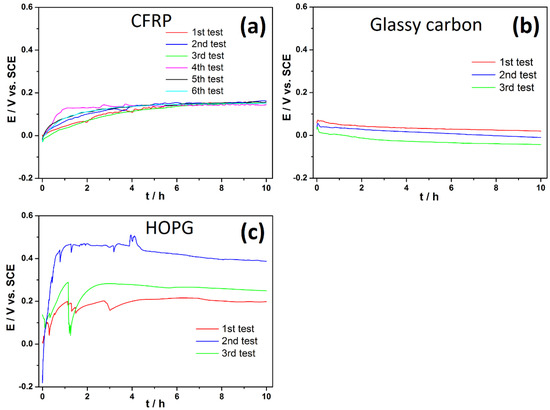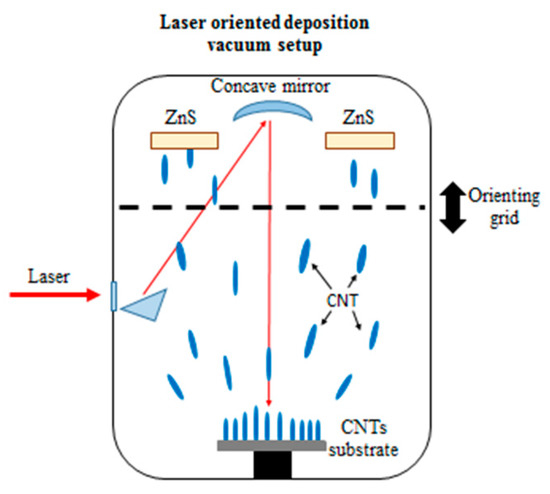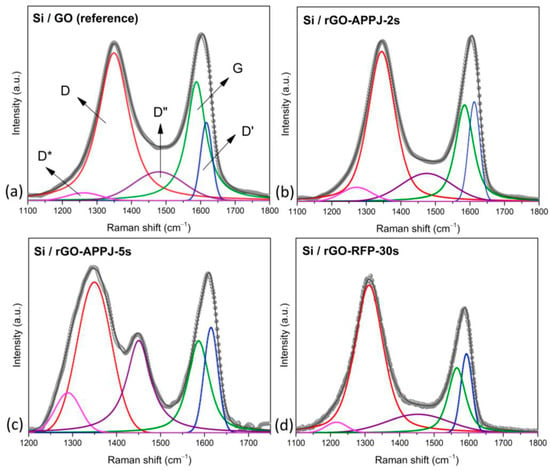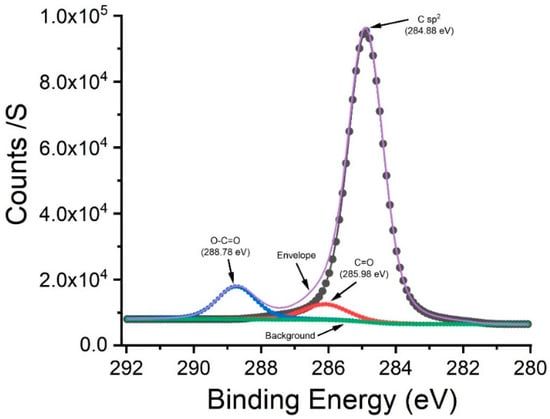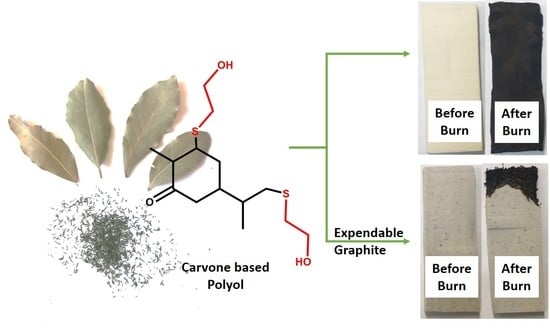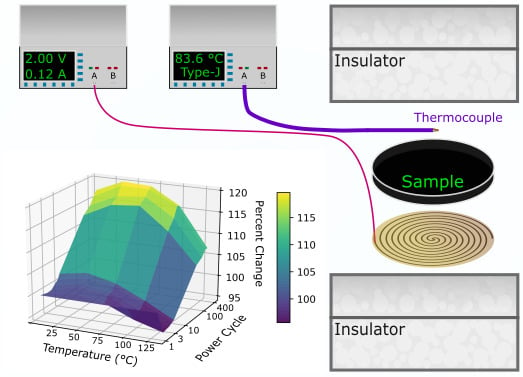Nanocarbon-Based Composites and Their Thermal, Electrical, and Mechanical Properties
A topical collection in C (ISSN 2311-5629). This collection belongs to the section "Carbon Materials and Carbon Allotropes".
Submission Status: Closed | Viewed by 245539Editor
Interests: graphene-based porous structures for heterogeneous catalysis (catalysis) and water purification (environment); three-dimensional graphene scaffolds for biomedical applications (biomaterials); nanostructured graphene substrates for selective biomolecules detection (sensors); carbon-based nanoplatforms for detection and therapy of cancer cells (therapeutic agent)
Special Issues, Collections and Topics in MDPI journals
Topical Collection Information
Dear Colleagues,
This Special Issue is committed to exploring novel nanocomposite materials reinforced with carbon nanostructures for improved mechanical, thermal, and electrical properties. This Issue will cover the development of metallic, ceramic, and polymeric multifunctional nanocomposites through the incorporation of graphene-based materials, carbon nanotubes, fullerenes, nanodiamonds, and nanohorns.
Carbon nanomaterials with different dimensions are characterized by excellent mechanical resistance, electrical and thermal conductivity, and high versatility for chemical surface functionalization. This is a critical feature for modulating their interfaces at the atomic level for improved dispersibility and compatibility with several matrices. Within this context, this Issue will be dedicated to manufacturing processes, simulation prediction and analysis, and structural characterization of the carbon-based nanocomposite.
The manuscripts should explore the outstanding mechanical, thermal, and electrical properties that arise from the synergistic effect between carbon nanostructures and diverse matrices, with strong scientific and technological relevance in the energy, biomedical, environment, sensors, and structural materials fields.
Dr. Gil Goncalves
Guest Editor
Manuscript Submission Information
Manuscripts should be submitted online at www.mdpi.com by registering and logging in to this website. Once you are registered, click here to go to the submission form. Manuscripts can be submitted until the deadline. All submissions that pass pre-check are peer-reviewed. Accepted papers will be published continuously in the journal (as soon as accepted) and will be listed together on the collection website. Research articles, review articles as well as short communications are invited. For planned papers, a title and short abstract (about 250 words) can be sent to the Editorial Office for assessment.
Submitted manuscripts should not have been published previously, nor be under consideration for publication elsewhere (except conference proceedings papers). All manuscripts are thoroughly refereed through a single-blind peer-review process. A guide for authors and other relevant information for submission of manuscripts is available on the Instructions for Authors page. C is an international peer-reviewed open access quarterly journal published by MDPI.
Please visit the Instructions for Authors page before submitting a manuscript. The Article Processing Charge (APC) for publication in this open access journal is 1600 CHF (Swiss Francs). Submitted papers should be well formatted and use good English. Authors may use MDPI's English editing service prior to publication or during author revisions.
Keywords
- graphene
- carbon dots
- carbon nanotubes
- nanodiamonds
- carbon nanohorns
- graphene-based materials
- polymeric nanocomposites
- metallic nanocomposites
- ceramic nanocomposites
- biomaterials
- energy
- environment
- mechanical properties
- electrical properties
- thermal properties
- structural characterization


















